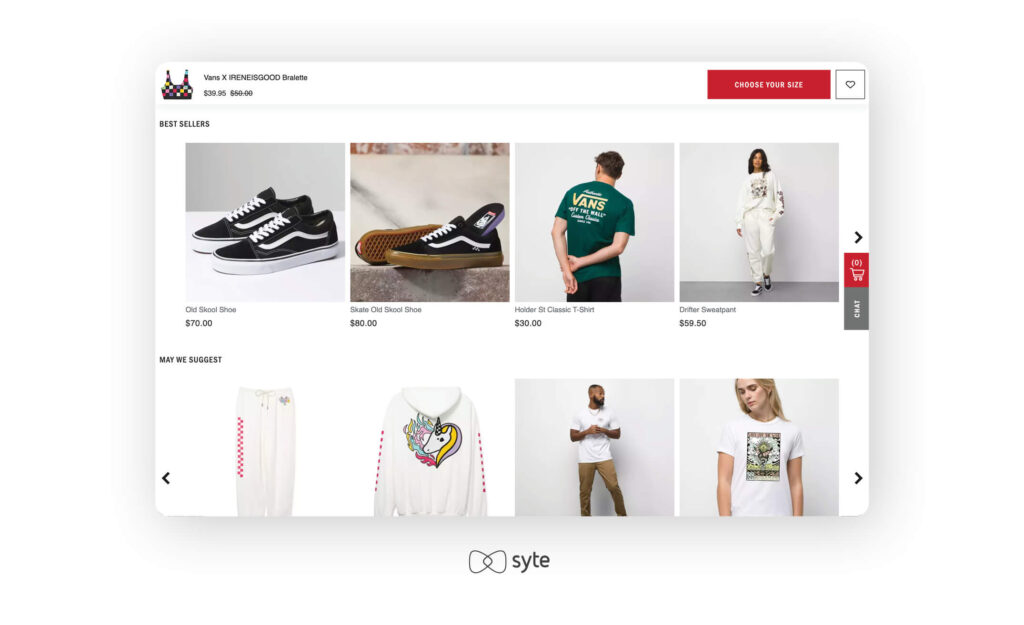A personalization engine is software that marketers and eCommerce brands can embed on their websites so that they can tailor the customer experience based on users’ preferences, past interactions, and real-time intent and context.
The goal is to improve the overall user experience. Customers already have an expectation from brands and retailers to present the products and information they want at the right moment. Having an effective personalization engine that utilizes data (unique to each user) to deliver customized shopping experiences can help brands and retailers do just that.
Key Features of Personalization Engines
The following are some of the features that brands should look for in a personalization engine:
- Easy to integrate with existing systems. It should not be difficult to implement a personalization engine even when it is placed on multiple pages on your website. Once added, brands should be able to immediately suggest similar products as well as items popular with other customers that have a similar profile. If it has advanced capabilities, the personalization engine can even use visual AI to recommend products based on the smallest product detail that attracts shoppers.
- Have real-time data processing and smart automation. An eCommerce personalization engine should be able to contextualize both shopper and product data. Moreover, it must continuously learn new data and adjust product suggestions as necessary. This capability is important because the success of personalized experiences depends on both relevance and timing.
- It should deliver relevance across the customer journey. A personalization engine that contributes to an exceptional customer experience delivers relevant products and content in a timely manner. It ideally should provide you with a single view of the customer so you can empower shoppers with end-to-end buying journeys that are personal and customized based on their individual preferences.

Examples of How Personalization Engines Work
A personalization engine has use cases throughout the whole customer experience lifecycle, but it is most important when applied in product discovery. It is because when shoppers can’t find products on your site, the customer experience already failed—and it hasn’t even begun. You can see personalized product discovery in action in multiple ways:
- Great personalization engines understand customer preferences down to the most minute detail. This can be demonstrated by recommendation carousels that show suggestions based on your shoppers’ recently selected items, past purchases, and current context.
- Tools with a personalization layer remember crucial interactions across touchpoints. So, the next time users visit your site, personalization increases the relevance of products and content that they see on the landing page.
- Websites can also surface items based on user personas dictated by data points such as demographics or geography. For example, you are less likely to surface winter clothes in tropical locations. While basic, this level of personalization can be especially useful for enticing new and potential customers.